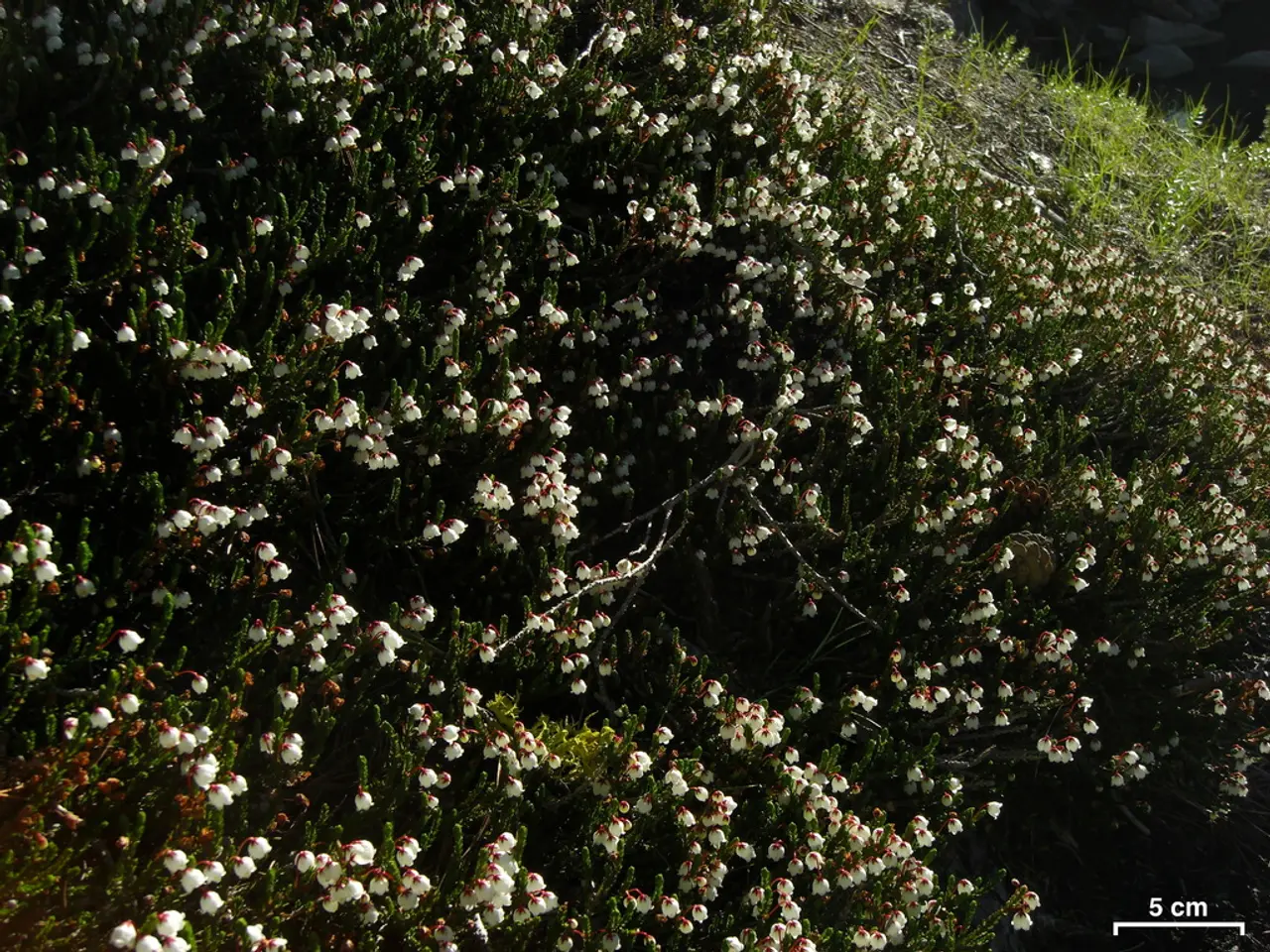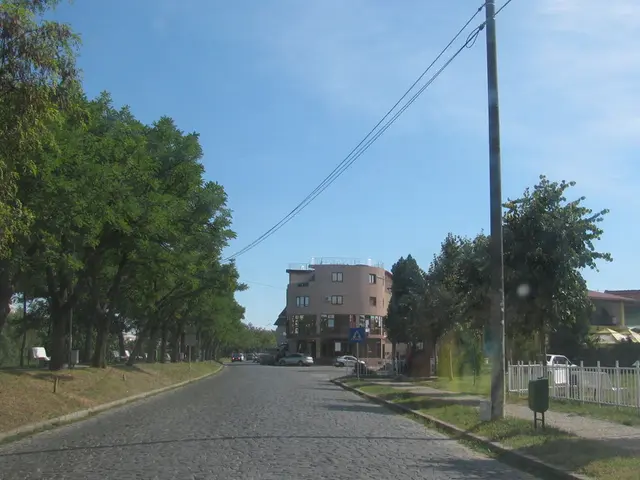Measurement Guidance for Garden Bed Soil Quantity
For garden enthusiasts looking to invest in raised garden beds, the options are plentiful. From cedar to composite, and rectangular to circular designs, there's a bed to suit every preference. But before you make a purchase, it's crucial to calculate the soil volume required to ensure your plants thrive. Here's a step-by-step guide to help you do just that.
**Calculating Soil Volume for Rectangular Raised Beds**
1. **Measure the Dimensions:** Record the length, width, and depth of your raised bed in feet. If the depth is in inches, convert it to feet by dividing by 12.
2. **Calculate the Volume:** Use the formula: **Volume (cubic feet) = Length (feet) × Width (feet) × Depth (feet)**
3. **Example Calculation:** For a bed measuring 8 feet in length, 4 feet in width, and 1 foot in depth, the volume would be 32 cubic feet.
4. **Convert to Cubic Yards (if needed):** Divide the volume in cubic feet by 27 to convert it to cubic yards. For our example, the volume would be approximately 1.19 cubic yards.
**Calculating Soil Volume for Circular Raised Beds**
1. **Measure the Diameter:** Record the diameter of the bed in feet.
2. **Find the Radius:** Divide the diameter by 2 to get the radius.
3. **Calculate the Volume:** Use the formula: **Volume (cubic feet) = π × Radius² × Depth (feet)**
4. **Example Calculation:** For a circular bed with a diameter of 4 feet (radius of 2 feet), and a depth of 1 foot, the volume would be approximately 12.57 cubic feet.
5. **Convert to Cubic Yards (if needed):** As with rectangular beds, divide by 27 to convert cubic feet to cubic yards.
**Additional Tips**
- **Soil Mix:** Consider using a mix that includes topsoil, compost, and other materials like vermiculite for optimal plant growth. - **Compaction and Settling:** After filling, the soil may settle due to watering. Start with a slightly overfilled bed or plan to top off as needed over time.
With these steps, you can accurately determine the amount of soil needed for your raised garden bed, ensuring your plants thrive without overbuying or underbuying soil.
Among the variety of raised garden beds available, options include Farmstead, Cedar Complete, Deer Proof Cedar Complete, Natural Cedar, Natural Cedar L-Shaped, Natural Cedar Planter Boxes, Composite, VegTrug Wallhugger, and more. Choose the one that best fits your garden needs and get ready to cultivate a thriving garden!
- When deciding on a raised garden bed from the home-and-garden options like Farmstead or Composite, it's important to calculate the required soil volume for a thriving garden lifestyle, considering the particular dimensions of the bed whether it's rectangular or circular.
- To maintain a vibrant garden for years, gardeners should bear in mind that the soil in raised beds may suffer from compaction and settling after watering. Therefore, it's advisable to begin with a slightly overfilled bed or plan on adding more soil as needed over time for optimal plant growth.




